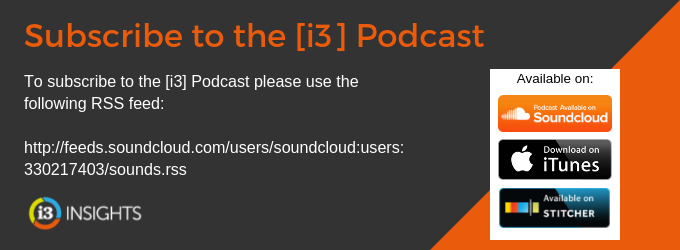Sue Brake is the Chief Investment Officer of the Future Fund. In this episode, we talk about the fund’s 15 year celebration, looking at the early days of how the fund started to invest just as the global financial crisis began to impact markets. We also discuss the recent investment strategy review and look at the years ahead. Please enjoy the show!
To access the book ‘Celebrating 15 Years of the Future Fund’, which includes interviews with Raphael Arndt, Sue Brake, Peter Costello, David Gonski, David Murray and David Neal, please see here: 15years.futurefund.gov.au/
Overview of Podcast with the Future Fund’s CIO, Sue Brake:
1:00 Celebrating 15 Years of the Future Fund
3:00 On the bravery not to invest in the early days, when the pressure was there to chase the market
4:00 You can’t time the markets, but you can pause and try to understand what is going on in the market
5:30 The fund is required to achieve its investment target without taking excessive risk. What is ‘excessive risk’?
6:30 What the founders did extremely well is to put the mandate at the centre of decision making.
8:00 During the pandemic drawdown, we made over 30 decisions of $1 billion or more.
10:30 Leading up to the pandemic, we had discussion whether the Australian dollar wasn’t as pro-cyclical anymore as it had been in the past.
13:00 I thought I had the total portfolio approach nailed and understood the Future Fund way
15:30 Building the Future Fund’s academy: “We are no longer small enough that you can get by on word of mouth; it needs a bit more formality and structure”.
18:00 There is an ownership of the portfolio by everyone, rather than a culture of defending your patch
20:00 I used to think being mandated to use external managers was a terrible idea, but I’ve flipped on that [opinion] completely.
21:30 We take fees incredibly seriously, but we are not silly about that.
23:30 The way we think about partnerships is specialisation
24:30 The good managers get to choose who they partner with, because capital is just more plentiful
26:00 Looking back at the beginning, the Future Fund’s capital was mainly deployed during the financial crisis. Was it a lucky break that the fund got to enter the market in a downturn? “It could have been a disaster.”
28:00 The Future Fund has stuck with an equity allocation of 30 – 40 per cent during its 15 years of investing. What is the philosophy behind that?
29:30 Apart from a large allocation to private markets, we’ve had more currency exposure [than a typical super fund]
32:00 Strategic review – it is always hard to say: ‘we are going to take structurally more risk’, when there has been a ramp up in risky assets.
33:30 Where are you looking for more risk exposure?
35:00 When we looked at how big the fund had become, it became clear that this much liquidity wasn’t the best use of capital
37:30 The strategic review concludes that bonds have lost some of their defensive qualities. Are government bonds toast?
40:00 The defensiveness of the portfolio comes from our hedge funds, currency positions, some aspects of emerging markets that are less correlated [not so much government bonds].
41:00 What changes do you expect when the fund goes into withdrawal mode?
__________
[i3] Insights is the official educational bulletin of the Investment Innovation Institute [i3]. It covers major trends and innovations in institutional investing, providing independent and thought-provoking content about pension funds, insurance companies and sovereign wealth funds across the globe. The [i3] podcast is available on iTunes, Google Podcast, Spotify, Amazon Music, Stitcher or your favourite podcast platform.

